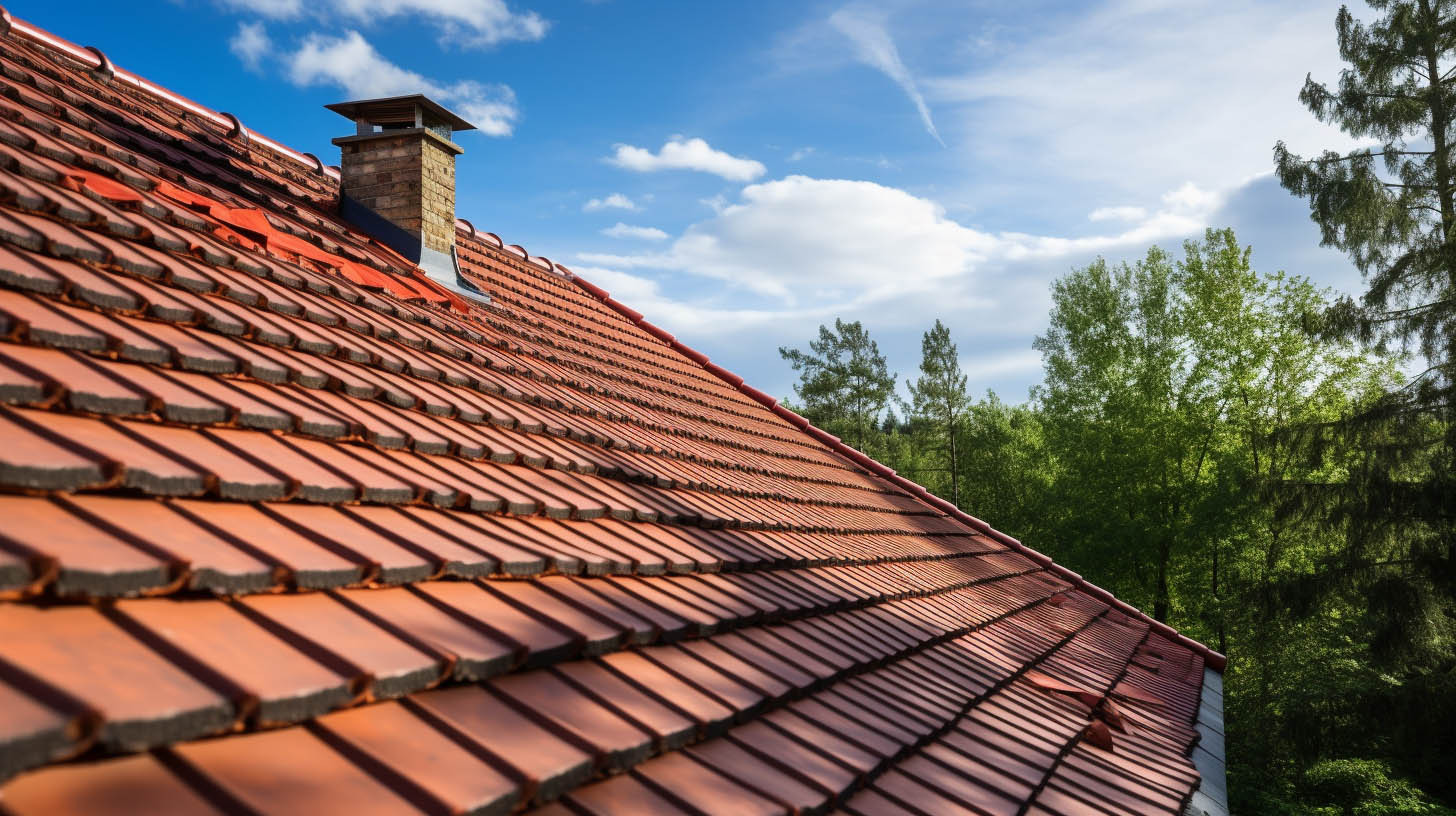
Why is roof wear and tear typically not covered by insurance?
The Reality of Roofing Insurance: What’s Covered and What’s Not
Homeowners often face confusion when it comes to understanding their roof insurance coverage, particularly regarding wear and tear. A common misconception is that insurance policies will cover all aspects of roof damage, but this is not the case. It’s crucial to distinguish between damages covered by insurance and those that fall under homeowner responsibility.
The Exclusion of Wear and Tear in Roof Insurance
Insurance policies are designed to provide financial protection against sudden, unforeseen events. Consequently, gradual deterioration or wear and tear of a roof is typically not covered. This exclusion is based on the principle that regular maintenance and timely repairs are the homeowner’s responsibility. Insurance companies view wear and tear as a natural, inevitable process resulting from aging and prolonged exposure to environmental elements.
Covered Damages: Understanding the Scope of Your Policy
While wear and tear are excluded, insurance policies generally cover damages caused by specific, sudden incidents. These may include natural disasters like storms, hail, or wind damage. For instance, if a tree falls on your roof during a storm, the resulting damage is likely covered. However, it’s imperative to thoroughly review your policy to understand the specifics of what is included and excluded.
The Importance of Professional Roof Maintenance
To mitigate the effects of wear and tear, regular roof maintenance is essential. Homeowners should conduct periodic inspections and address minor issues before they escalate into significant problems. In cases where wear and tear have led to considerable damage, consulting with a professional roofing contractor, such as MaxForce Roofing and Siding LLC in Columbus, OH, can provide expert guidance and solutions.
Navigating Insurance Claims for Roof Damage
When facing roof damage, it’s crucial to document the extent of the damage thoroughly and contact your insurance provider promptly. Understanding the nuances of your policy, including deductibles and coverage limits, will aid in navigating the claims process effectively.
Conclusion
In summary, while insurance provides a safety net for unexpected roof damage, it does not cover wear and tear. Homeowners must proactively maintain their roofs to prevent gradual deterioration. Understanding your insurance policy’s specifics and seeking professional assistance when needed are key to ensuring your roof remains in optimal condition.

